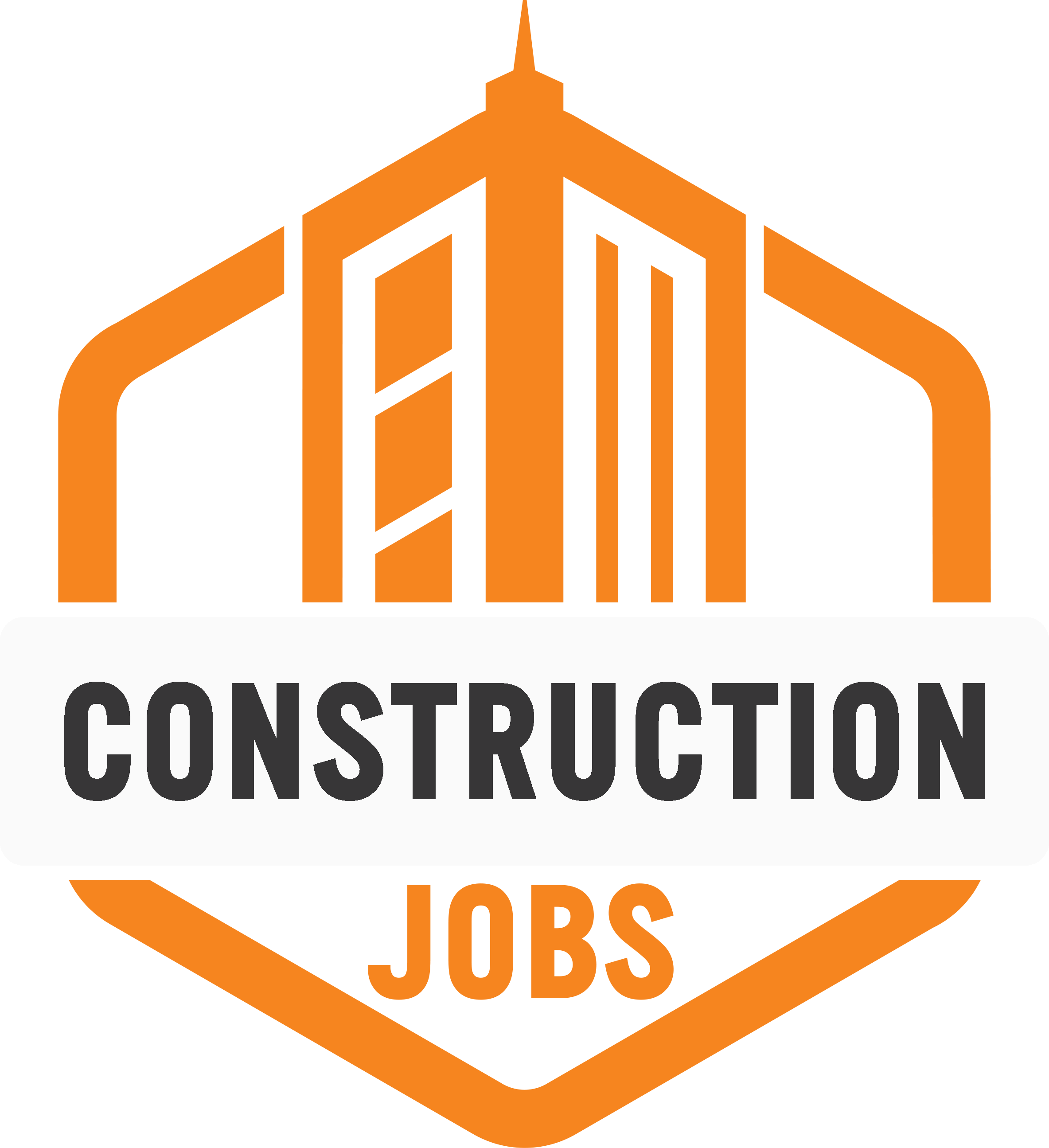Earthmoving Equipment: Types and Uses in Construction
Discover key earthmoving equipment like excavators, skid steers, backhoes, and bulldozers for construction jobs.

Pass by any type of construction site, and you may see earthmoving equipment digging, grading the ground, or moving the soil to other areas of the construction site. Numerous industries rely on this type of equipment to perform work, such as construction, landscaping, mining, oil & gas, utilities, and public road projects.
Earth moving equipment comes in various sizes, from mini excavators to larger skid steers. Let's go over the main types of earthmoving equipment.
Excavators
Excavators are large pieces of heavy equipment equipped with a rotating cab and a bucket arm. Different attachments may come installed onto the arm, such as pile drivers, buckets, rakes, grapplers, and many others.

These machines may have wheels or rubber tracks that allow them to move over different types of terrain such as grass, pavement, mud, sand, rocks, or snow. The operator may rotate the cab up to 360°, allowing the bucket arm to work at all angles without having to turn the entire machine.
Due to the versatility of the attachments, excavators may perform various tasks such as digging, carrying materials, lifting materials to workers, grading, demolition, river dredging, and excavation.
While traditional excavators come in sizes of 22,000 to 200,000 pounds, mini excavators may come as small as 13,000 pounds or less. These smaller machines work in tighter and more confined places to perform the same work as larger machines.
Skid Steers
Skid steers are another type of versatile machine based on the types of attachments placed into them. Also called a skid loader, skid steer loader, or the brand name Bobcat, a skid steer has a front-facing cab with dual hydraulic front arms that raise and lower to the ground. It may come with wheels or with tracks.

This piece of heavy equipment is smaller than an excavator yet can do many similar jobs. The skid steer performs digging, grading, shoveling, lifting, and grappling work depending on the attachment. The skid steer offers exceptional lifting capabilities as it can lift objects and loose materials weighing from 1,200 to 2,700 pounds.
Since the hydraulic arms are closer to the ground, the machines provide work in more confined spaces. They are typically ideal to use when trying to minimize damage to the ground, as they are often seen in landscaping projects and moving across pavement without significantly compacting the earth.
Backhoe Loaders
Backhoe loaders look much the same as a tractor used on a farm as they have hydraulic arms in the front and an arm in the back. They have a fixed cab facing forward that sits between the front and back hydraulic arms.

Most traditional machines that you see may have an adjustable shovel in the front and a small bucket in the back. However, these parts may be replaced with augers, hammers, brooms, rollers, snowplows, thumbs, and ripper attachments.
Backhoe loaders typically have wheels and are used for medium-sized construction projects. They are compact enough to fit into tight spaces, yet they are also durable and strong enough to dig trenches and carry heavy loads.
Types of work that a backhoe loader performs include excavating, digging holes, backfilling trenches, and handling materials. Small backhoe loaders may weigh around 20,000 pounds while large loaders weigh roughly 150,000 pounds.
Bulldozers
The workhorses of the construction industry, bulldozers are extremely heavy pieces of equipment that move earth to different locations. A bulldozer has a fixed cab with two hydraulic pistons that operate a large flat blade at the front. Some bulldozers may have a smaller blade in the back, as they come with wheels and tracks.
A bulldozer's main functions are to lift and push materials around the jobsite. This heavy equipment may lift materials up into dump trucks or trailers. The sturdy and heavy blade may also be used to crush rocks, perform some minimal digging into the ground, and perform grading work.
Types of projects that may use bulldozers include construction, mining, forestry, and agriculture. The machine can also use various attachments such as blades, winches, and rakes.
Choosing the Right Earthmover
Selecting the right earthmover machine starts with understanding the type of work that the machine may perform. Often, large construction sites may have several machines on hand to work in specific locations that allow the machine to move freely without coming into contact with objects.
Smaller construction sites may only have one or two machines while they use attachments to perform other jobs. Another aspect to consider may involve how much money is in the budget for the machine. Many contractors own a few machines outright and rent other heavy equipment based on specific project needs.
About Author
Dustin Johnson is the marketing manager of FortisHD and an enthusiast in construction and heavy equipment. Construction has been an integral part of his life, and he is proud to be able to continue to build his future in such an exciting industry. Throughout his career, he has been fortunate enough to be involved with many engaging projects and is appreciated and valued for his work with the contracting team.
- Share This →

